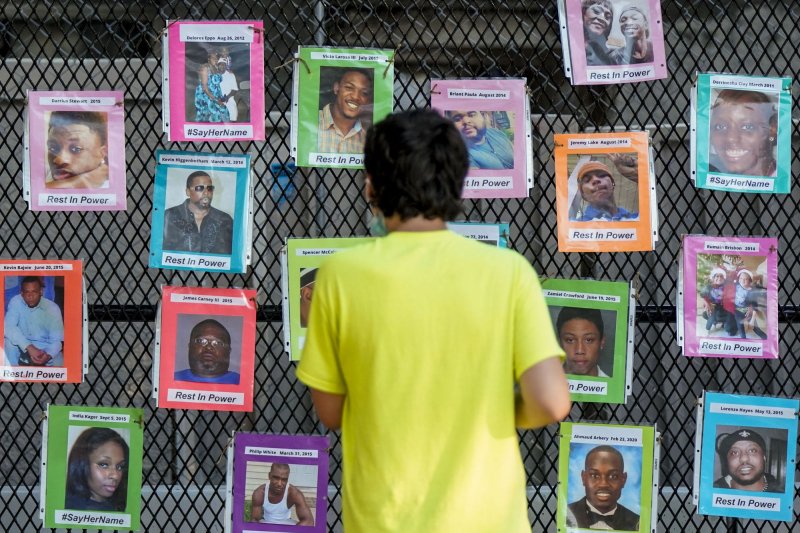Steady reductions in teen marijuana use in Washington state may have been disrupted by legalization of the drug, a new study suggests.
Teens interviewed after voters approved recreational pot in 2012 were several times more likely to report past-year marijuana use.
That suggests legalization may be working against decreases in teen drug use, said lead author Jennifer Bailey. She is principal investigator in the Social Development Research Group at the University of Washington in Seattle.
"When we think about marijuana legalization, a worry is that underage use may go up," Bailey said in a university news release. "Early use and heavy use during adolescence can have a lot of negative health consequences, then and later in life, so we don't want teen use to be going up."
Researchers study the perception of harm because people are more likely to engage in behaviors they regard as risk-free, Bailey explained.
Drug use in the 1960s and 1970s, for example, was higher than it has been since, because the risk of harm from many drugs was generally thought to be low.
Before legalization, teen use of marijuana and other drugs had been decreasing over the last couple of decades, according to Bailey.
SO ANYBODY SMOKING POT WILL BECOME ADDICTED ....NOT LIKELY
For the new study, her team surveyed more than 230 young people who were 13 or younger in 2002 and assessed their marijuana use from ages 10 to 20.
Those who were younger were less likely to report using marijuana in the past year. For example, at age 15, 11% of those born before 2000 said they had used marijuana over the past year, compared with 5% of those born after 2000.
The study, published recently in the American Journal of Preventive Medicine, found no connection between marijuana legalization and teen cigarette use, even though the two often go hand in hand, Bailey noted.
For the new study, her team surveyed more than 230 young people who were 13 or younger in 2002 and assessed their marijuana use from ages 10 to 20.
Those who were younger were less likely to report using marijuana in the past year. For example, at age 15, 11% of those born before 2000 said they had used marijuana over the past year, compared with 5% of those born after 2000.
The study, published recently in the American Journal of Preventive Medicine, found no connection between marijuana legalization and teen cigarette use, even though the two often go hand in hand, Bailey noted.
RELATED U.S. teens waiting longer to try alcohol, drugs
NO LONGER A RITE OF PASSAGE LIKE IT WAS IN THE EIGHTIES AND NINETIES
Recreational marijuana is legal in 11 states and Washington, D.C., and 33 states and the District of Columbia allow it for medical purposes, according to the National Conference of State Legislatures.
"A teen usage rate that holds steady isn't good enough if it would normally be going down," Bailey said. "We need to devote more attention to prevention of adolescent use in the context of legalization because we want to keep the decreases we've been seeing before legalization was implemented."
More information
The U.S. National Institute on Drug Abuse has more about marijuana.
Copyright 2020 HealthDay. All rights reserved.
"A teen usage rate that holds steady isn't good enough if it would normally be going down," Bailey said. "We need to devote more attention to prevention of adolescent use in the context of legalization because we want to keep the decreases we've been seeing before legalization was implemented."
More information
The U.S. National Institute on Drug Abuse has more about marijuana.
Copyright 2020 HealthDay. All rights reserved.














